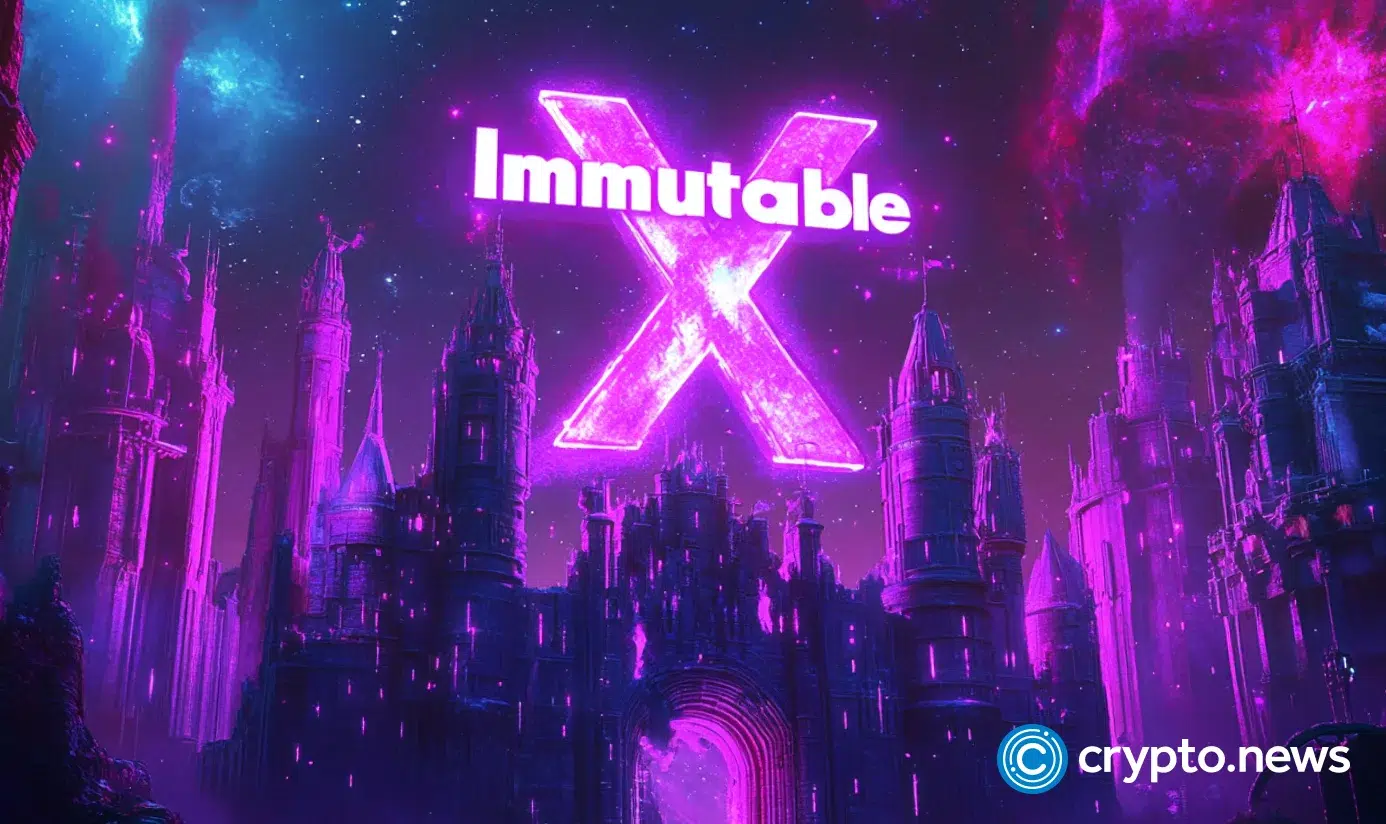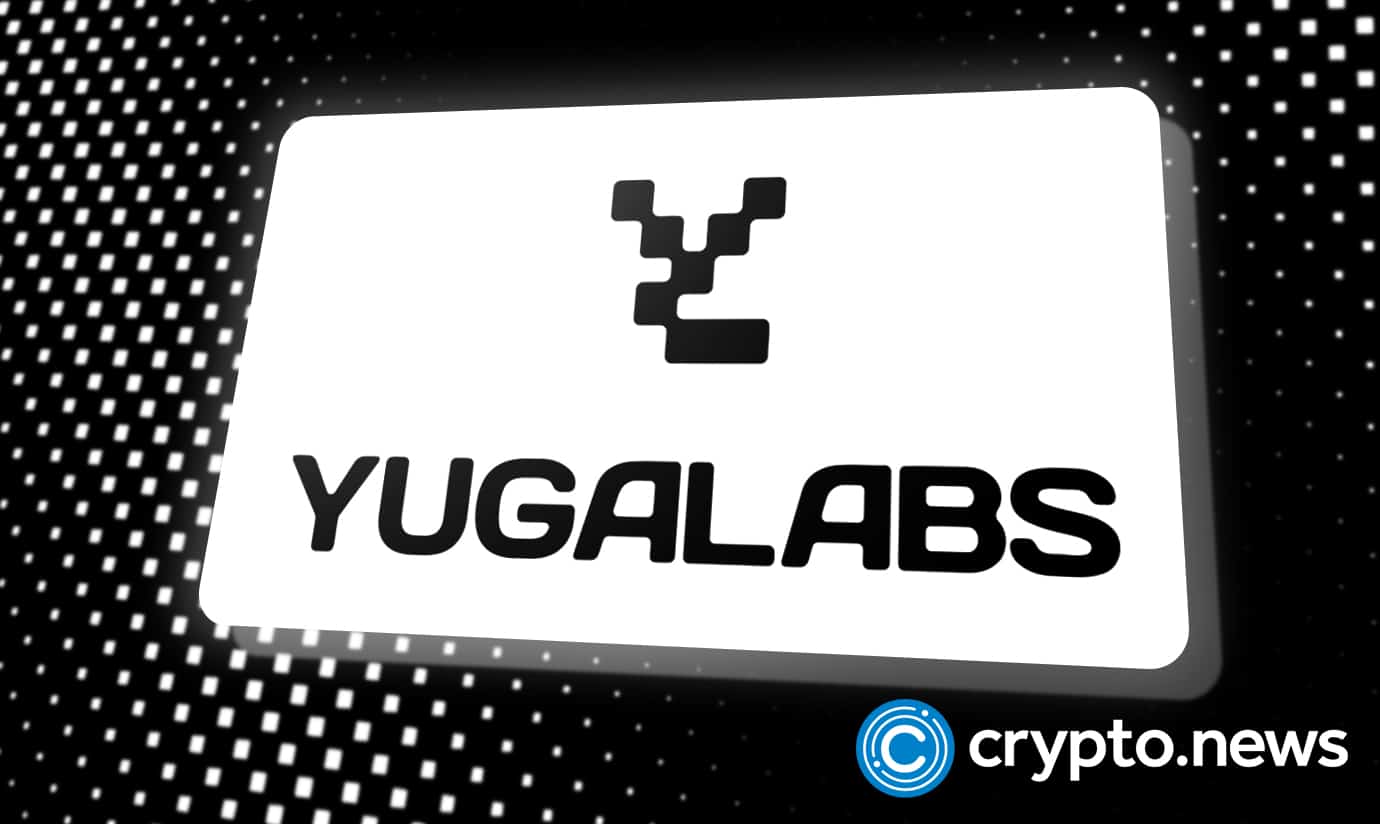KnownOrigin has announced its imminent shutdown, sparking fresh debates about the reliability and longevity of NFT storage solutions.
KnownOrigin bows out
KnownOrigin, since its inception in 2018 in Manchester, England, has been a major player in the digital art space. It offered an avenue for artists to mint, sell, and trade NFTs.
The platform looked set for even bigger things when eBay bought it in June 2022 for an undisclosed amount. At the time, many industry watchers saw it as a strategic move for the e-commerce giant to enter the burgeoning NFT market.
The deal was expected to leverage eBay’s vast user base and KnownOrigin’s platform to create a new marketplace for digital collectibles. However, less than two years later, KnownOrigin is closing up shop.
Signs of the NFT marketplace’s problems bubbled to the surface on Feb. 20, 2024, when it laid off 30% of its staff, as reported by crypto.news. The layoffs followed a cooling off of the NFT frenzy that had characterized the crypto space from late 2020 to mid-2022.
Months later, on July 17, things came to a head, with KnownOrigin announcing through a series of posts on X that it would be winding down its on-chain marketplaces and minter. It also redirected users to secondary marketplaces, including OpenSea and Magic Eden.
The IPFS debate: on-chain vs off-chain storage
While the full impact of the KnownOrigin shutdown is yet unknown, one of the things it has caused is the asking of questions regarding the longevity and security of digital assets.
The news has also raised concerns about the sustainability of the InterPlanetary File System (IPFS) as a storage solution for NFTs.
Digital artist Ella, also known as BrightLightArt, took to X in the aftermath of KnownOrigin’s announcement to voice her concern. In her post, the artist stated, “Are eBay going to pay the IPFS storage bill forever? If they stop paying, the art will eventually die.”
Ella’s sentiment highlights a critical issue in the NFT ecosystem: the misconception that NFTs and their associated media are entirely on-chain.
The reality, as detailed by tech experts, is more complex and less reassuring. According to them, most NFTs are not stored directly on the blockchain. Instead, they contain metadata that points to an off-chain file stored on platforms like IPFS.
While IPFS is a distributed file storage system that aims to be more resilient than traditional web servers, it still has its limitations. For instance, if the entity responsible for hosting the IPFS node goes out of business or stops maintaining the node, the data could become inaccessible, thereby rendering the NFT effectively worthless.
Understanding what you “own” with an NFT
In a past post on X, Jonty Wareing, a vocal critic of the current state of NFT storage, shared the results of an extensive analysis of how NFTs reference the media they represent.
His findings were eye-opening. According to him, when you purchase an NFT, you are essentially buying a token that points to a URL on the internet or an IPFS hash. In many cases, this URL points to a JSON metadata file that includes information about the media. This file, in turn, links to the actual media hosted on a server controlled by the NFT platform.
Jonty used the example of a Beeple artwork that sold on Nifty Gateway for $66,666. The NFT points to a JSON file hosted on Nifty’s servers. Now, according to him, if Nifty Gateway were to shut down, the token would point to a non-existent file.
IPFS storage is not entirely secure for NFTs
The technologist also stated that even NFTs that use IPFS hashes for storage are only partially secure. While IPFS is a distributed file system, it only serves files as long as there is a node in the network that intentionally keeps hosting the file.
If the startup or the entity responsible for pinning the file to IPFS goes bust, as is the case with KnownOrigin, the file could vanish from the network, similarly leaving the NFT pointing to an inaccessible file.
This dependency on third-party platforms for the longevity of NFT data is a significant vulnerability that needs to be addressed.
Jonty’s assessment was blunt: “Right now, NFTs are built on an absolute house of cards constructed by the people selling them,” the digital researcher said.
He further claimed that every NFT sold so far will likely be broken in the next ten years. This stark warning underscores the fragility of current NFT storage solutions.
Sam (@cloudonshore), an Ethereum engineer with extensive IPFS experience, acknowledged the criticisms raised by Jonty, stating that the technology is still evolving and that the industry needs better tools and practices to ensure the security and permanence of NFTs.
However, you should note that not all NFTs face this issue. Some projects are entirely on-chain, meaning they have a decentralized system to store both NFT metadata and their visual media.
Unfortunately, the biggest hindrance to more projects adopting such measures is the fact that full on-chain storage is not cheap, especially for projects with larger media files.
Potential solution and future considerations
The KnownOrigin shutdown has prompted a wave of introspection within the NFT community. In response to these concerns, some artists and collectors are advocating for the use of storage solutions like Arweave. Unlike IPFS, Arweave is a blockchain-based storage solution that aims to provide permanent data storage for a one-time fee.
When you store a file on such platforms, it is stored across a decentralized network of computers, theoretically ensuring its availability as long as the network exists. This makes it a more reliable option for storing digital art in the long term, though it still relies on the health and continuity of the underlying network.
What’s next?
The closure of KnownOrigin should serve as a wake-up call for the NFT community. It shows the importance of understanding how NFTs are stored and the risks associated with current practices.
Furthermore, as the technology evolves, it will become imperative for NFT platforms, artists, and collectors to advocate for and adopt more secure and sustainable storage solutions for digital art.
The reliance on off-chain storage solutions and the potential for data loss if these services go offline pose significant risks to the value and integrity of NFTs.
Hopefully, the discussions sparked by this event may lead to significant improvements in how digital art is stored and preserved, ultimately benefiting the entire crypto art community.





